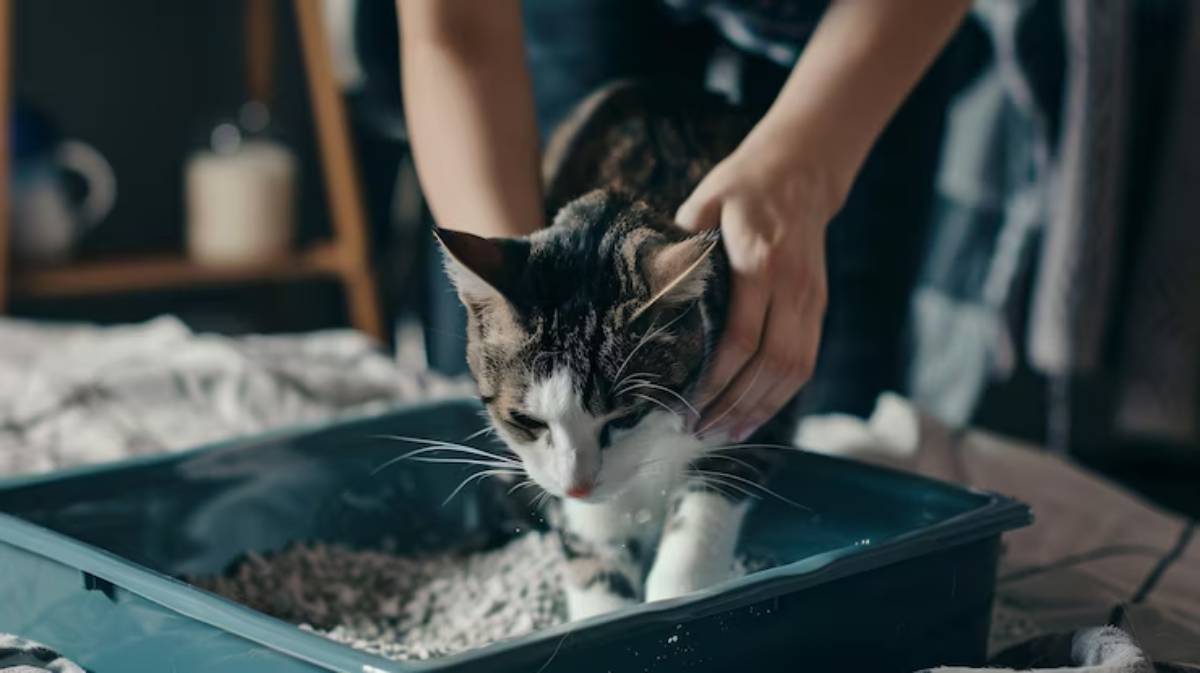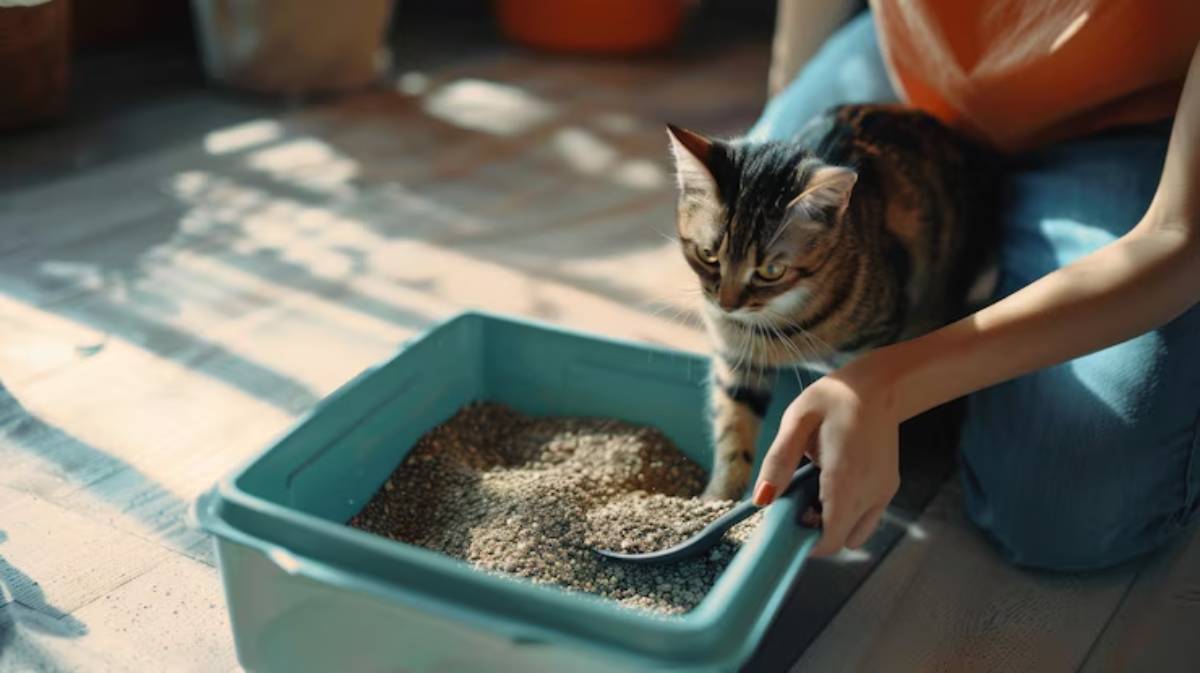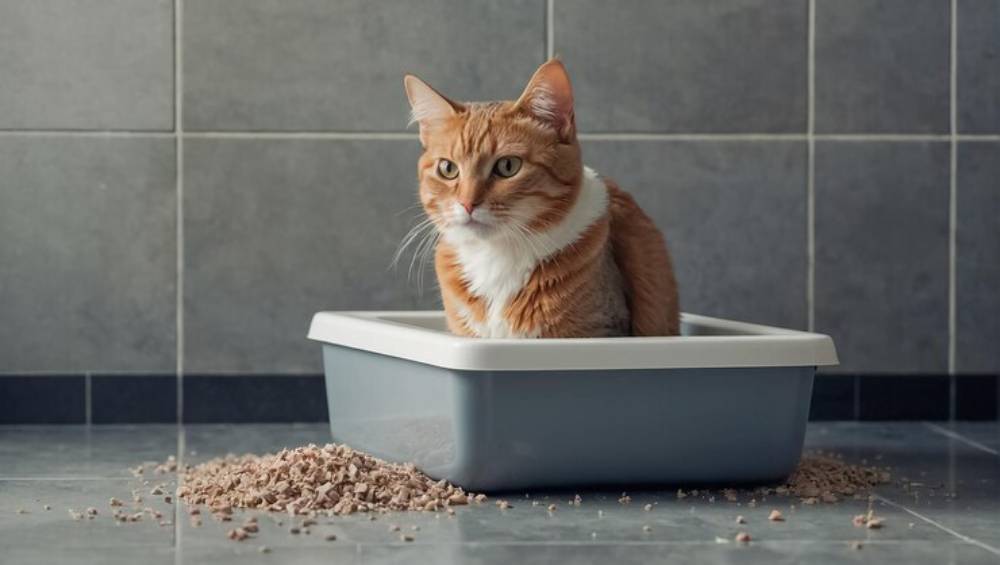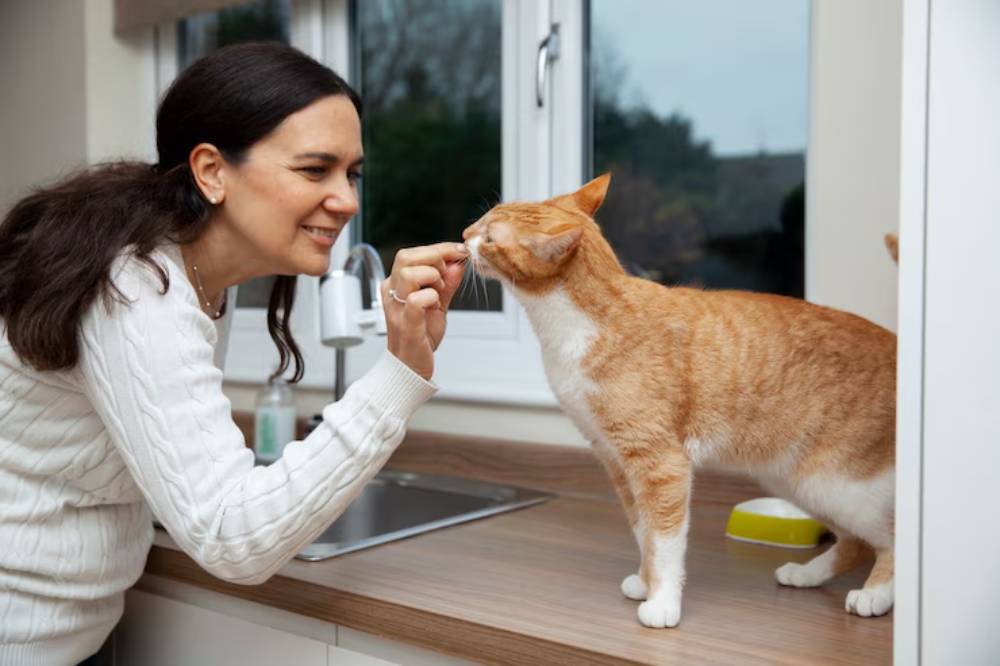
How to Train a Stray Cat to Use a Litter Box
Stray cats often come with mysterious pasts, independent streaks, and a healthy dose of caution, especially when transitioning into an indoor life. Litter box training is one of the first and most crucial steps when adopting a homeless feline. It’s not just about keeping your home clean; it’s about offering your cat security and a sense of place.
But here’s the good news: with patience and the right approach, even the most street-savvy stray can learn to use a litter box.
This guide breaks down the entire process into practical, step-by-step advice, offering real-world tips and insights to help you succeed.
Why Litter Training a Stray Cat Matters

Bringing a stray indoors can be life-changing for both of you. But unlike kittens raised in a home, strays may never have seen a litter box. They’re used to dirt, gravel, gardens or alleyways. Teaching them this new behaviour is essential for:
- Creating a hygienic environment
- Reducing stress and marking behaviours
- Helping your cat feel safe and in control
Proper litter box training helps strays smoothly transition to indoor life, whether you’re fostering or adopting.
Understanding the Basics: Why Stray Cats Need a Different Approach
Strays often differ from house cats in a few key ways:
- Lack of early socialisation: They may not be used to human spaces or routines.
- Established outdoor habits: Dirt patches or secluded garden corners may have been their ‘toilets’.
- Heightened stress or trauma: Loud sounds or new textures can overwhelm them.
Knowing this helps you approach litter training with empathy and strategy.
Litter Training Checklist
Here’s a snapshot of the whole process:
- Choose the correct litter box (low-sided, open, easy-access)
- Pick a litter that mimics outdoor textures (unscented, sandy)
- Confine the cat to a small, safe room initially
- Keep the litter box in a quiet, accessible spot
- Use positive reinforcement when the cat uses it
- Clean regularly to keep it inviting
- Never punish accidents — redirect gently
- Be patient and adjust strategies as needed
Step-by-Step Guide: How to Litter Box Train a Stray Cat
1. Create a Safe Starter Room
Start your cat’s indoor journey in a small, quiet space, like a bathroom or spare bedroom. This will reduce anxiety and allow the cat to familiarise itself with the basics.
- Include food, water, bedding, toys, and the litter box.
- Keep everything within easy reach, especially for older or nervous cats.
2. Choose the Right Box and Litter

Many strays prefer textures they’re familiar with.
Opt for:
- Large, uncovered litter boxes: Easy entry and complete visibility.
- Unscented, sandy litter: Mimics soil or gravel. Avoid strong fragrances.
Pro tip: Try different textures if your cat seems uninterested — some prefer pellet-style or clumping clay.
3. Use Natural Instincts to Your Advantage
Most cats instinctively bury waste.
You can support this by:
- Scratching lightly in the litter to demonstrate.
- Placing the cat in the box after meals or naps.
- If they’re hesitant, add a bit of soil on top, then gradually reduce it.
4. Reward the Right Behaviour

Positive reinforcement works wonders:
- Use treats, gentle praise, or petting when your cat uses the box.
- Never punish mistakes — it only creates fear and confusion.
If accidents happen, clean the area with enzyme-based cleaners to remove odours and avoid repeat incidents.
5. Gradually Expand Their Space
Once your cat is consistently using the litter box:
- Slowly allow access to more rooms.
- First, keep the litter box in its original spot, and familiarity reduces stress.
- If you plan to move it, do so in small steps over several days.
Expert Tips and Common Pitfalls
Expert Tips
- Provide multiple boxes in larger spaces, especially in multi-cat homes.
- Observe body language: pacing, scratching, or sniffing can be early signs they need to go.
- Use covered boxes only if your cat feels safe — many strays dislike enclosed spaces.
Common Pitfalls to Avoid
- Switching litter brands too quickly
- Using scented litter that overwhelms sensitive noses
- Forcing the cat into the box — always guide gently
- Ignoring signs of stress, like hiding or excessive grooming
Best Practices & Additional Insights
- Patience is crucial: Some strays adjust in days, others take weeks.
- Consistency is key: Keep feeding, cleaning, and playtimes regular.
- Vet check-ups: Rule out medical issues like urinary tract infections that may cause accidents.
Real-Life Example:
One cat owner shared their success with a former alley cat who refused to use a standard box. By switching to a shallow storage container filled with sandy soil, then gradually transitioning to clumping litter, the cat became reliably litter trained within two weeks.
It’s all about tuning into what your cat needs.
FAQS About Stray Cat Litter Training
Q: How Long Does It Take To Train A Stray Cat?
A: It varies, but most cats adjust within 1–3 weeks if the environment is stable and supportive.
Q: What If The Cat Refuses The Litter Box?
A: Reassess litter type, box placement, and stress levels. You may need to reset in a smaller space.
Q: Can I Train An Adult Stray Cat?
A: Absolutely. Age doesn’t prevent litter training — it’s more about comfort and consistency.
Q: Should I Let A Stray Outside To Use The Toilet?
A: Not during training. Keep them indoors to build reliability and reduce risk until the habit is formed.
You Can Do This, And It’s Worth It
Litter training a stray cat takes patience, empathy, and observation — but it’s one of the most rewarding parts of rescuing and welcoming a new companion into your home.
You’re not just preventing messes. You’re giving your cat dignity, security, and a new way of life.
Share your litter training journey in the comments! Subscribe for more cat care guides and real-world tips. Check out our guide on transitioning outdoor cats to indoor life for expert advice.


